Memphis is the second largest city in Tennessee. Only Nashville is larger. Memphis lies on a bluff on the east bank of the Mississippi River in the southwest corner of the state. Memphis serves as the commercial and industrial center of west Tennessee and parts of neighboring Arkansas and Mississippi.
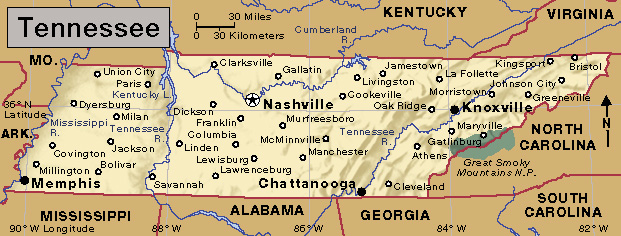
Cotton and river trade accounted for much of the city’s early growth. By 1900, Memphis was the world’s largest market for cotton and hardwood lumber. The city is still a leader in these activities. But industrial expansion after World War II ended in 1945 made Memphis one of the South’s largest urban centers. The city also became a hub of higher education, medical care, and motel development; and a center for the recording and distribution of music.
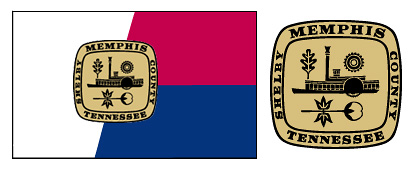
Memphis was named for the ancient Egyptian capital of Memphis, which lay on the Nile River. Settlers chose the site because the nearby Wolf River flowed into the Mississippi and provided an excellent harbor. The bluff site also furnished protection from floods.
The city.
Memphis is the seat of Shelby County. The Memphis metropolitan area consists of Fayette, Shelby, and Tipton counties in Tennessee; Crittenden County, Arkansas; and Benton, De Soto, Marshall, Tate, and Tunica counties in Mississippi.
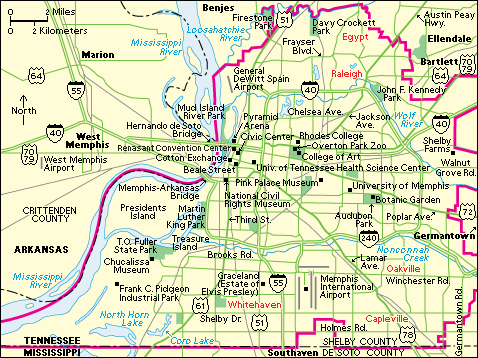
The Mississippi River flows to the west of Memphis, and the Tennessee-Mississippi state line forms the southern boundary of the city. Suburbs include Arlington, Bartlett, Collierville, Germantown, Lakeland, and Millington, Tennessee; Olive Branch and Southaven, Mississippi; and West Memphis, Arkansas, which lies west of the river. Millington is the home of Naval Support Activity Mid-South.
Downtown Memphis extends 11/2 miles (2.4 kilometers) along the Mississippi River. The Memphis Civic Center stands on the north edge of the downtown area. The Civic Center consists of local, state, and federal government buildings. In the southern end of downtown Memphis is Beale Street, where composer W. C. Handy worked as a musician. Handy made the street famous in his song “Beale Street Blues.”
During the late 1900’s, Memphis business and political leaders directed an extensive downtown redevelopment program. Completed projects included a convention center; Mud Island River Park, a park connected to the downtown area by a monorail; office and residential buildings; museums; and a baseball stadium. The program also included renovation of the Orpheum Theatre, the Peabody Hotel, and Central Station and the renewal of Beale Street as an entertainment center.
Graceland, the estate of the famous rock singer Elvis Presley, lies in southern Memphis. Presley died in 1977 and was buried on the estate. Each year, hundreds of thousands of people visit the estate. See Graceland .
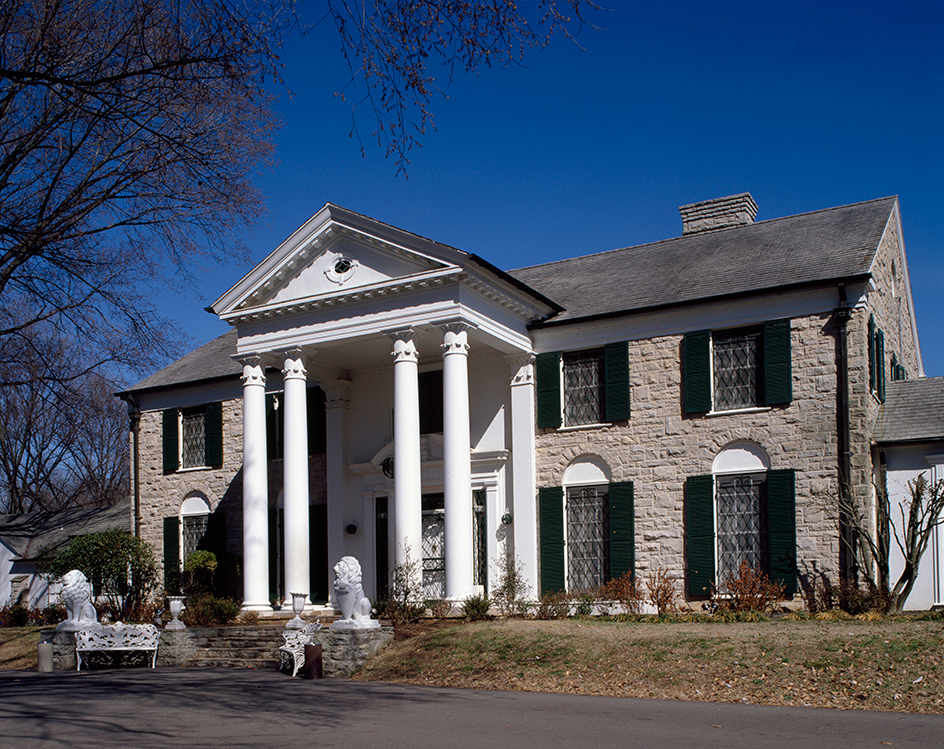
The people.
Most of the people of Memphis were born in the United States. African Americans make up about 60 percent of the city’s population. Other ethnic groups include those of English, German, and Irish descent. The city also has rapidly growing communities of Hispanic Americans and Asian Americans.
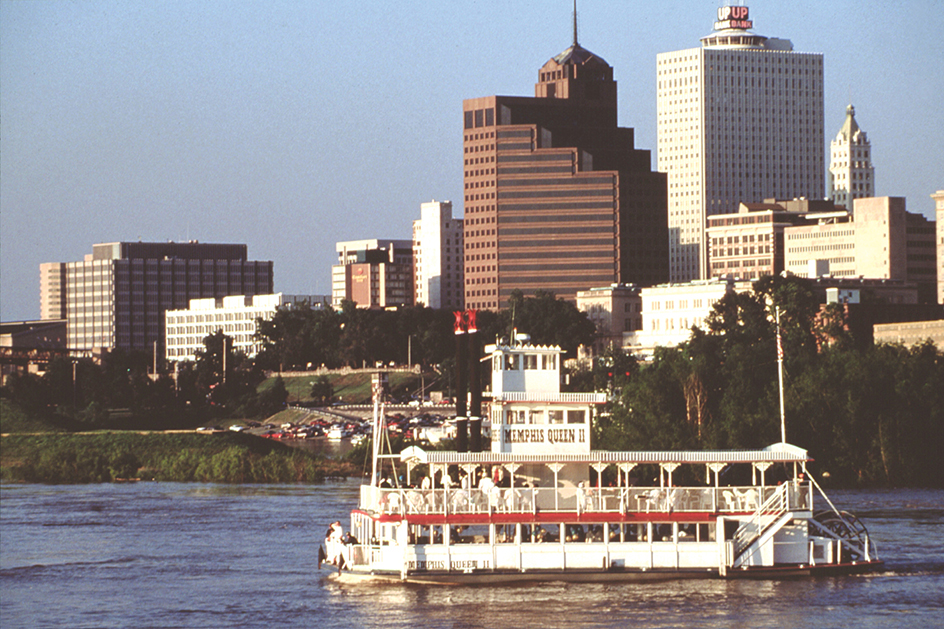
Poverty is a major problem in Memphis. Many people live in crowded, run-down dwellings in areas north and south of the downtown district. Many have little education and few work skills.
Like many other cities, Memphis has had racial problems. In 1968, the civil rights leader Martin Luther King, Jr., was assassinated in Memphis. James Earl Ray, a native of Illinois and an escaped convict, pleaded guilty to the murder in 1969. King had gone to Memphis to support a strike by city sanitation workers, most of whom were African American.
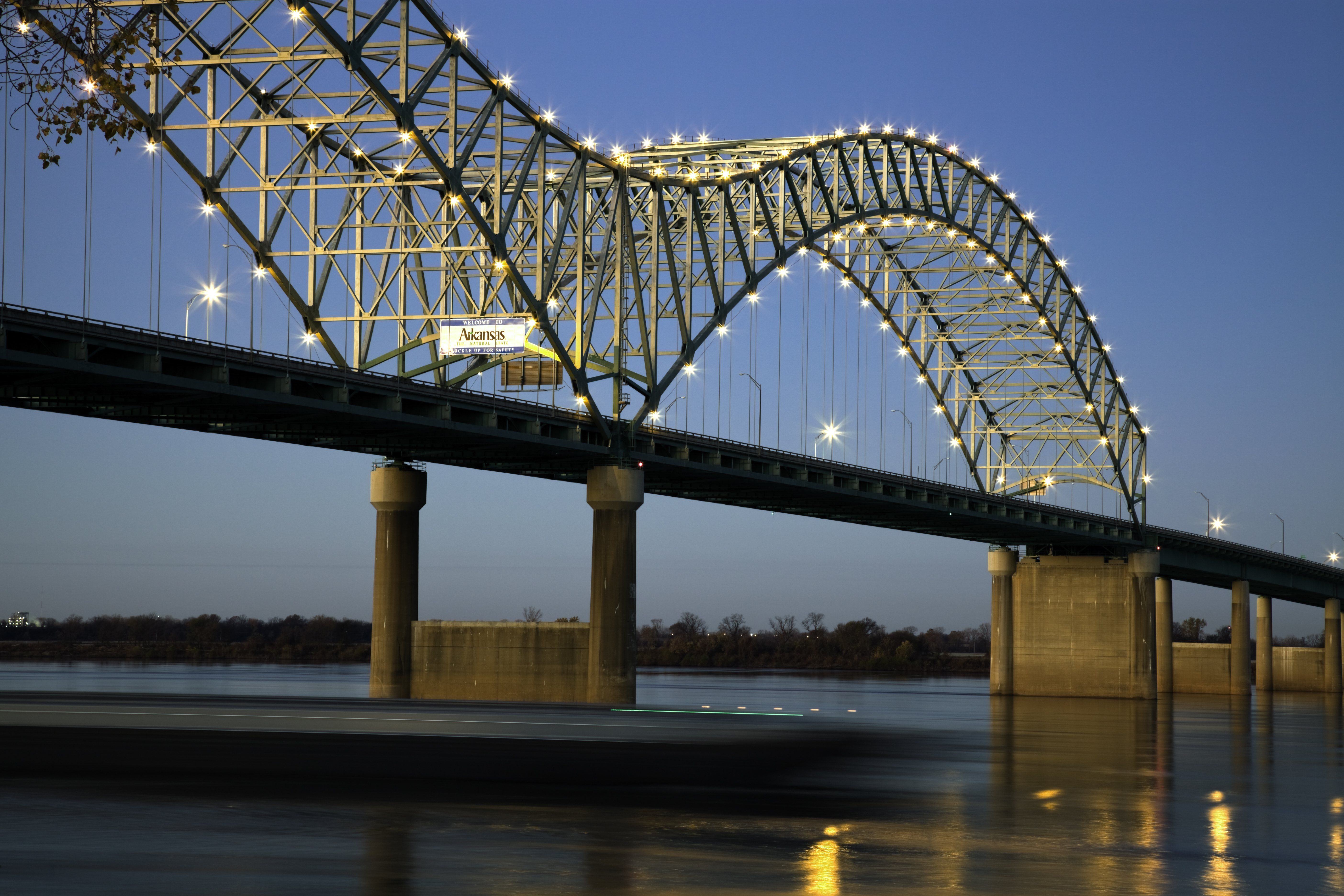
After King’s death, the city worked to improve living conditions in the African American community. The city has sponsored major reforms in housing, education, and health care that have focused on the African American community. A large number of Black people now take part in commerce and in city and state politics.
The economy.
Memphis’s economy once centered on cotton. The city is still one of the world’s largest cotton markets, but a variety of other economic activities have been developed.
Memphis is the trade center of a region consisting of western Tennessee, eastern Arkansas, northern Mississippi, and southeastern Missouri. The city is also a major national distribution center. The Port of Memphis is one of the busiest inland ports on the Mississippi River. The port ships goods to all parts of the world. Major airlines use Memphis International Airport. Memphis is a busy air cargo center. It is the headquarters of FedEx Corporation, the nation’s largest overnight air express delivery company. Truck lines and railroads carry cargo to and from the city. Memphis’s location allows overnight truck delivery to much of the nation.
Service industries employ a majority of the workers in Memphis and Shelby County. Health care is the most important service industry. The Memphis Medical District includes the world-famous St. Jude Children’s Research Hospital; the University of Tennessee Health Science Center; and several full-service hospitals. Memphis is also the leading center for the wholesale trade of hardwood lumber.
The chief manufacturing companies in Memphis produce chemicals, electrical equipment, electronic products, food and food products, nonelectrical machinery, and paper and related products. Several major food and food-processing companies have plants in Memphis.
Tourism has become a major industry in Memphis, contributing millions of dollars a year to the local economy. Graceland, the estate of Elvis Presley, draws the most tourists. The National Civil Rights Museum, at the site of the assassination of Martin Luther King, Jr., receives visitors from around the world. It features exhibits on the history of the civil rights movement. Memphis has one daily newspaper, The Commercial Appeal.
Education.
Public schools in Memphis are part of Shelby County Schools, the largest school system in Tennessee. The system enrolls tens of thousands of students. The Shelby County Board of Education supervises the public schools. The board consists of nine elected positions. The Shelby County communities of Arlington, Bartlett, Collierville, Germantown, Lakeland, and Millington have school districts separate from Shelby County Schools. Memphis also has a number of private schools.
The University of Memphis was established in 1912. Other colleges and universities in Memphis include Christian Brothers University, the LeMoyne-Owen College, Rhodes College, Southern College of Optometry, and the University of Tennessee Health Science Center.
Cultural life.
The Memphis Symphony Orchestra performs at the Cannon Center for the Performing Arts. Local ballet and opera companies are also active in Memphis.
The Memphis Brooks Museum of Art has a collection of Italian Renaissance paintings and sculpture, plus numerous other exhibits. The Dixon Gallery and Gardens has a noted collection of French Impressionism. The University of Memphis, Rhodes College, and several smaller galleries also feature various artwork. The Memphis Pink Palace Museum has exhibits on the natural history of the Memphis region. The Metal Museum exhibits metalwork. Theatre Memphis offers a regular season of plays. The Orpheum Theatre presents touring Broadway plays and musicals.
The Memphis Public Library serves the city. It has a main library and branches throughout Memphis.
Recreation.
Memphis has many parks. Overton Park, east of downtown, has one of the South’s largest zoos. Mud Island River Park, between the Wolf and Mississippi rivers, features a replica that is half a mile (800 meters) long of the lower Mississippi Valley. Shelby Farms Park covers 4,500 acres (1,820 hectares) at the city’s eastern limits. The park includes the 1,000-acre (400-hectare) Agricenter International, a center for agricultural research and exhibits.
The Memphis in May International Festival is one of the largest annual events held in the United States. It honors a different nation each year. Popular features of the event are the Beale Street Music Festival and the World Championship Barbecue Cooking Contest. The city is the home of the Memphis Grizzlies of the National Basketball Association.
Government.
Memphis has a mayor-council form of government. The voters elect a mayor and 13 council members to four-year terms. Property and sales taxes provide most of the city’s funds.
History.
Chickasaw Indians lived in what is now the Memphis area long before Europeans first came there. Hernando de Soto, a Spanish explorer, arrived in the area in 1541 and became the first European to see the Mississippi River.
In 1682, the French explorer René-Robert Cavelier, Sieur de La Salle, built Fort Prud’homme near what is now Memphis and claimed the area for France. By the 1700’s, France, Britain, and Spain had claimed the Tennessee region. The United States gained control of the area in the late 1700’s.
In 1818, the U.S. government bought much of western Tennessee from the Chickasaw. General Andrew Jackson, Judge John Overton, and General James Winchester became owners of 5,000 acres (2,000 hectares) of the land. In 1819, the three men organized a settlement there and named it Memphis.
Memphis was incorporated as a city in 1849. In 1860, it had a population of 23,000 and ranked as the South’s sixth largest city. After the American Civil War began in 1861, Memphis became a military center for the Confederacy. The city fell to Union forces in 1862. In the 1870’s, a series of yellow fever epidemics struck the city. In 1878, the epidemics killed about 5,200 of the 19,600 people who lived in Memphis. Many people fled the city. Memphis faced severe financial difficulties, and it declared bankruptcy. The state legislature took away the city’s charter in 1879.
By 1890, river trade had increased, and the population had climbed to 64,500. In 1892, a railroad bridge was completed across the Mississippi at Memphis. The bridge increased trade with the Southwest, and Memphis soon became the world’s largest inland center for cotton and hardwood lumber. Memphis regained its charter in 1893. During the late 1800’s, many freed slaves moved to Memphis from plantations and small towns. Many worked in the cotton and lumber mills.
In 1909, E. H. Crump was elected mayor of Memphis. Crump became one of the most powerful political bosses in the nation’s history. Until his death in 1954, Crump controlled almost all politics in Memphis and some state politics as well.
By 1960, the city’s population had grown to 498,000. During the 1960’s, a building boom brought many new factories and skyscrapers to Memphis. Memphis International Airport opened in 1963. The area of Memphis increased by about 70 percent through annexation of suburbs. The city’s population grew by about 25 percent, largely as a result of this annexation.
In the late 1960’s and early 1970’s, Memphis suffered from racial conflict and weak political leadership. Recognition of common interests, however, has helped Black people and white people work together to resolve racial conflicts in the city. Memphis shifted from a mayor-commission to a mayor-council government in 1968.
In 1979, Memphis began a two-year program called the Governor’s Job Conference. The conference brought together business and government leaders and citizens from throughout the community to plan economic and social growth. One of the conference’s most successful projects was the promotion of Memphis as “America’s Distribution Center.” By the mid-1980’s, the city had become one of the nation’s largest distribution centers.
Since the 1980’s, the growing African American majority in Memphis has put increased emphasis on the educational and economic needs of the Black community. In 1991, the voters of Memphis elected Willie Herenton mayor. Herenton became the first African American to be elected mayor when of the city. He was reelected in 1995, 1999, 2003, and 2007 but resigned in 2009 to make an unsuccessful run for Congress.
In 2013, the Memphis City Schools district disbanded, and the city’s schools became part of the district of surrounding Shelby County. In 2014, the Shelby County communities of Arlington, Bartlett, Collierville, Germantown, Lakeland, and Millington formed separate school districts.
